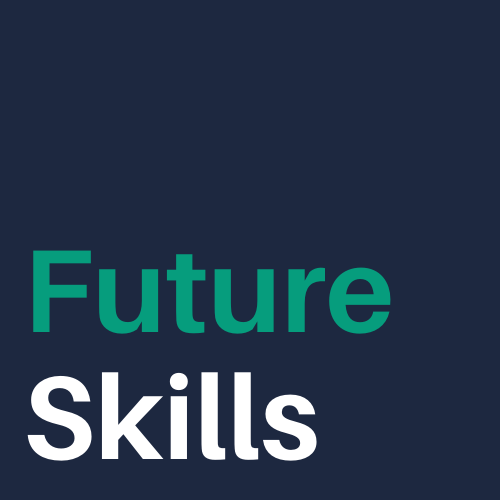Just need to park a few nuggets somewhere until I can write a full post about this topic. I’m currently researching the use of new talent signals, data scraping, and machine learning in the hiring process. These excerpts come from the Journal of Industrial and Organizational Psychology, in an article titled, New Talent Signals: Shiny New Objects or a Brave New World?
On the use of big data in the workplace:
So long as organizations have robust criteria, their ability to identify novel signals will increase, even if those signals are unusual or counterintuitive. As an example of an unlikely talent signal, Evolv, an HR data analytics company, found that applicants who use Mozilla Firefox or Google Chrome as their web browsers are likely to stay in their jobs longer and perform better than those who use Internet Explorer or Safari (Pinsker, 2015). Knowing which browser candidates used to submit their online applications may prove to be a weak but useful talent signal. Evolv hypothesizes that the correlations among browser usage, performance, and employment longevity reflect the initiative required to download a nonnative browser (Pinsker, 2015).
On using social media to evaluate candidates:
“People’s online reputations are no more “real” than their analogue reputations; the same individual differences are manifested in virtual and physical environments, albeit in seemingly different ways. It is therefore naïve to expect online profiles to be more genuine than resumés, although they may offer a much wider set of behavioral samples. Indeed, recent studies suggest that when machine-learning algorithms are used to mine social media data, they tend to outperform human inferences of personality in accuracy because they can process a much bigger range of behavioral signals. That said, social media is as deceptive as any other form of communication; employers and recruiters are right to regard it as a rich source of information about candidates’ talent—if they can get past the noise and make accurate inferences.”
On the use of video interviews for voice profiling:
“Moreover, through the addition of innovations, such as text analytics (see below) and algorithmic reading of voice-generated emotions, a wider universe of talent signals can be sampled. In the case of voice mining, candidates’ speech patterns are compared with an “attractive” exemplar, derived from the voice patterns of high performing employees. Undesirable candidate voices are eliminated from the context, and those who fit move to the next round. More recent developments use similar video technology to administer scenario-based questions, image-based tests, and work-sample tests. Work samples are increasingly common, automated, and sophisticated. For example, Hirevue.com, a leading provider of digital interview technologies, employs coding challenges to screen software engineers for their software writing ability. Likewise, Uber uses similar tools to test and evaluate potential drivers exclusively via their smartphones (see www.uber.com).”
On new technologies barreling ahead without theoretical backing
“The datification of talent is upon us, and the prospect of new technologies is exciting. The digital revolution is just beginning to appear in practice, and research lags our understanding of these technologies. We therefore suggest four caveats regarding this revolution. First, the new tools have not yet demonstrated validity comparable with old school methods, they tend to disregard theory, and they pay little attention to the constructs being assessed. This issue is important but possibly irrelevant, because big data enthusiasts, assessment purveyors, and HR practitioners are piling into this space in any event.”
I’ve said it before but the candidate process is about to get far more opaque.
